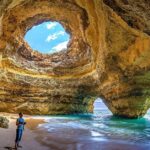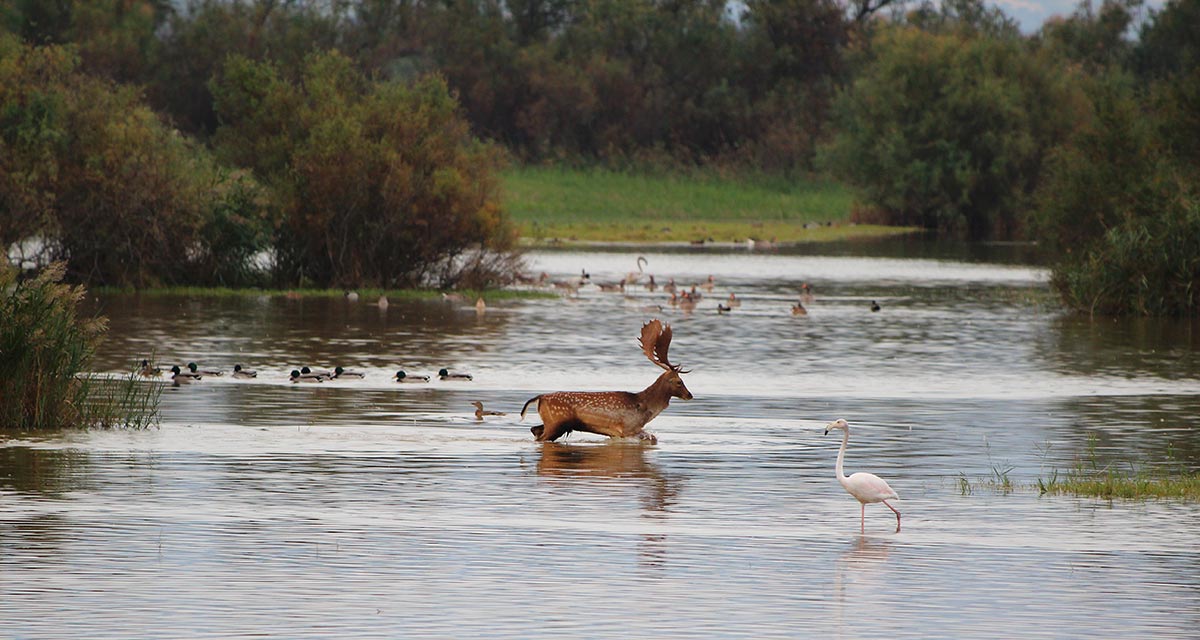
Article by Vivion O’Kelly
Andalucía is mostly uninhabited. This becomes obvious by glancing at a night-time view of Spain from space, which shows a large white blob in the centre and an irregular white line around the edges. And its cities are not sprawling. To compare with a medium-sized British city, it would take you longer to drive in a straight line from one end of Sheffield to the other at its widest point than to cross Seville, the biggest city in Andalucía. This relative emptiness of the region is due to the mountainous terrain covering most of it, and to socio-economic factors that include the historic tendency on the part of Spaniards to live within clearly defined urban areas.

Different names
While Andalucía has an established number of National and Nature Parks, it also has dozens of smaller areas under official protection, including Parajes Naturales and Reservas, the former translating as having been established “to attend to the conservation of the flora and fauna…and other outstanding natural components, being reduced spaces that require intense protection, for which motive, although certain activities are permitted in them, rules have been drawn up so that (these activities) do not damage the protected areas in question.” To simplify matters, we take a closer look at the region’s National and Nature Parks and the leisure and sporting activities that can be carried out in them.
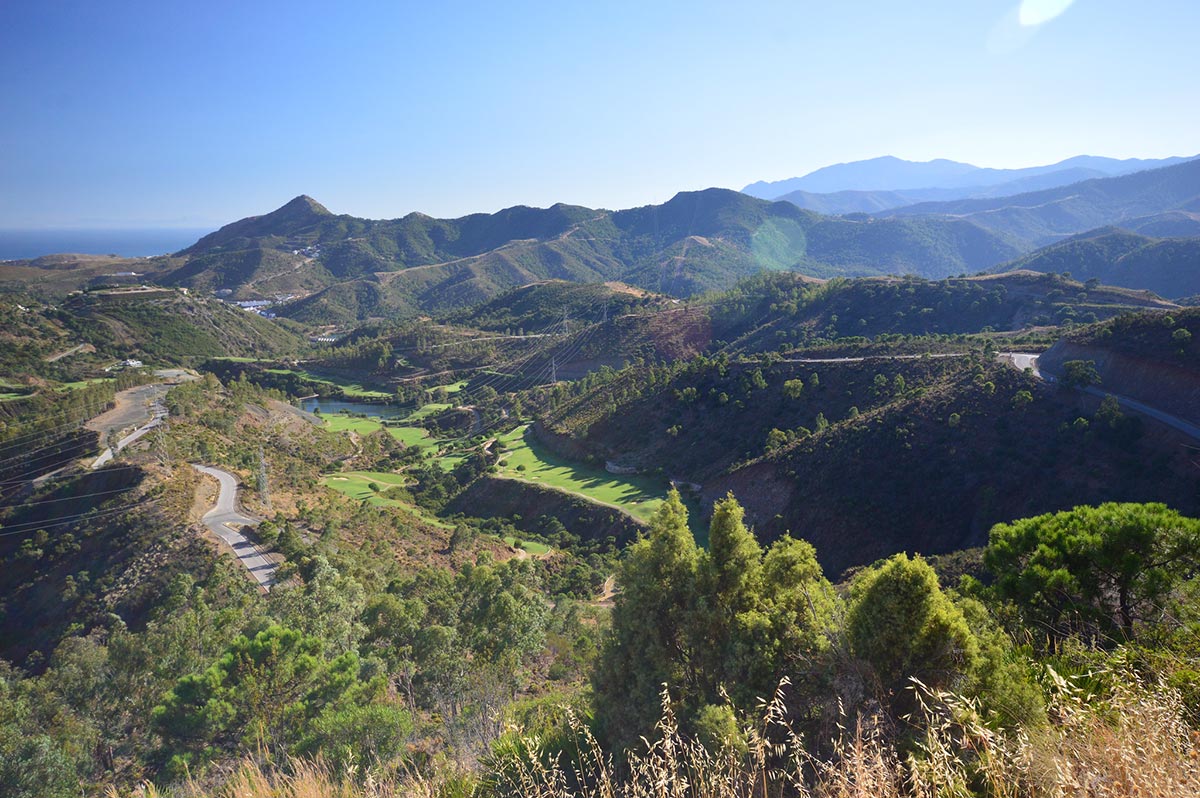
National Parks
There are three National Parks in Andalucía, which are Doñana in Huelva, Sierra Nevada in Granada and the more recently declared Sierra de las Nieves in the province of Málaga. The number of Nature Parks amount to 24, some of them maritime or partially maritime, such as the Cabo de Gata-Níjar and the La Breña y Marisma del Barbate. Although the kind of leisure activities available in some of them are restricted, they can all be explored and rambled through. Common sense tells us that we cannot, for example, take our 4x4s through the environmentally delicate dunes of Parque Doñana at breakneck speed, but generally speaking, where there are roads, one can drive, where there is snow, one can ski, where there are high mountains, one can climb, where there are mountain tracks, one can hike or ride, where there are deep holes, one can descend, where there are birds, one can watch, where there is water, one can sail, swim or dive, and where the water is white, one can raft.
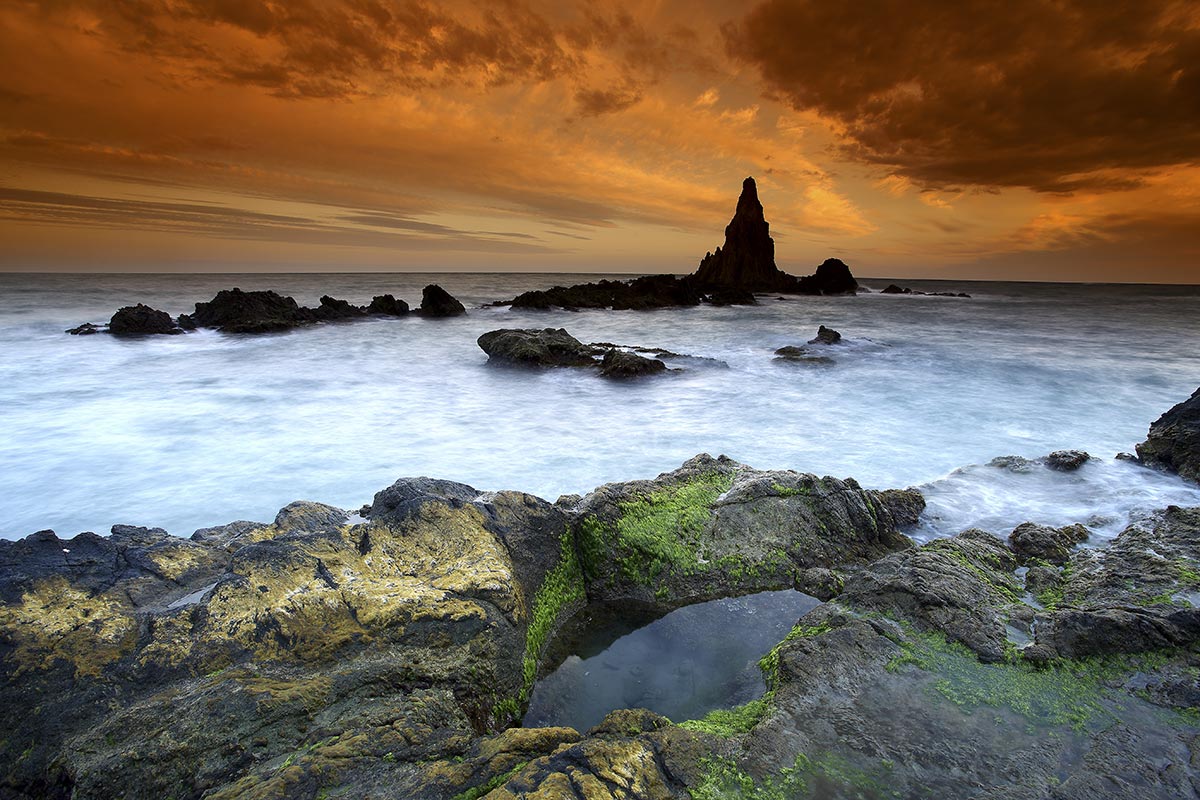
So what do we recommend? What favourites can we suggest? The answer is not easy, because there is something for everyone in all of Andalucía’s nature parks, but a closer look at the three of the best-known parks in the region will give us some idea. The first and oldest in Andalucía is Doñana.
Doñana is one of the greatest nature reserves in Europe, and this makes it quite unsuitable for the kind of leisure and sporting activities one can enjoy in most other parks in Andalucía. Rather than a question of what to do there, one has to decide which tour to take. You can visit it on your own if you like, in a 4×4, but the numerous bird and animal species will not be lining up to be seen: you need to know where they are, and this is a huge park. Different operators offer tours of all types, in 4x4s and in specially adapted busses, usually of three to five hour’s duration, at prices ranging from around 30 euros to almost 200 euros (small groups of not less than three).
The Internet will provide all necessary details needed in English, but all you really need to know is that this park is basically for looking at through binoculars, which are supplied on the less expensive tours.
Sierra Nevada is the quintessential sports and leisure park in Andalucía, as good for leisure as for sports. Skiing, of course, is what it does best, and it does it in style, being one of the foremost ski resorts in Europe, with more than 100 kms of track spread over 124 pistes that cater for all levels of ability. It is Europe’s most southerly ski resort and has the highest mountain on mainland Spain.
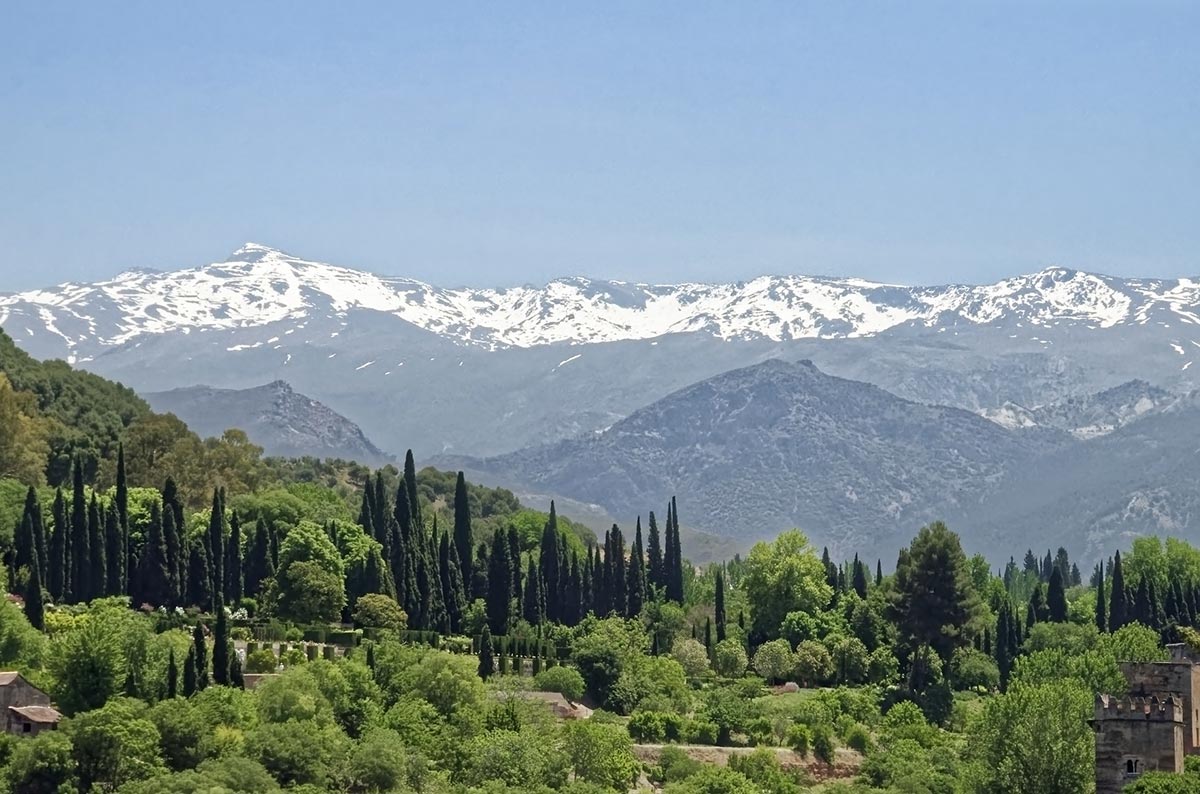
The ski village is more like a small town filled with hotels of all categories, restaurants, shops, and discotheques. Skiing means winter, but over recent decades Sierra Nevada has been developing a lively summer season as a hiking and cycling destination. It is home to a rich variety of flora and fauna, including the Spanish Ibex, wild boar, badgers, wildcats and the Golden and Bonelli eagle. Most people simply drive there, it being half an hour from Granada city, but organised tours are also available from Granada, a day trip costing between 75 and 200 euros per person. Other activities include star gazing, riding, and paragliding, but if it all gets too much for an ageing body, we would recommend a trip to the beautiful villages of the Alpujarras.
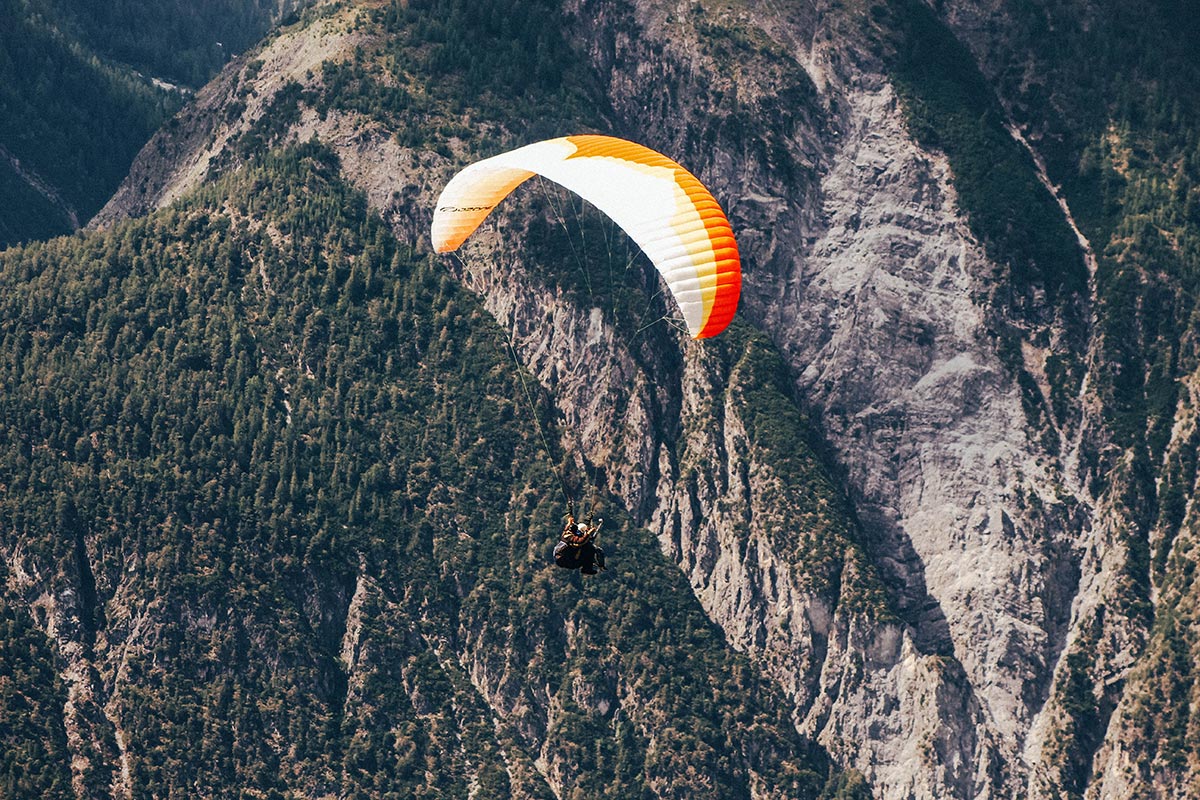
The Cazorla, Segura y Las Villas Nature Park is Spain’s biggest protected area, infrequently visited by foreign tourists on the Costa del Sol. It takes a while to get there, being located north-east of Jaén city, but it is certainly worth the effort. This is a vast wilderness with Mediterranean forests to ramble in, varied wildlife, the stunning Tranco Reservoir formed by the Guadalquivir, and other smaller rivers and streams. Of all the sporting activities one can practice in Andalucía, we would recommend white-water kayaking on the Guadalquivir in Cazorla.
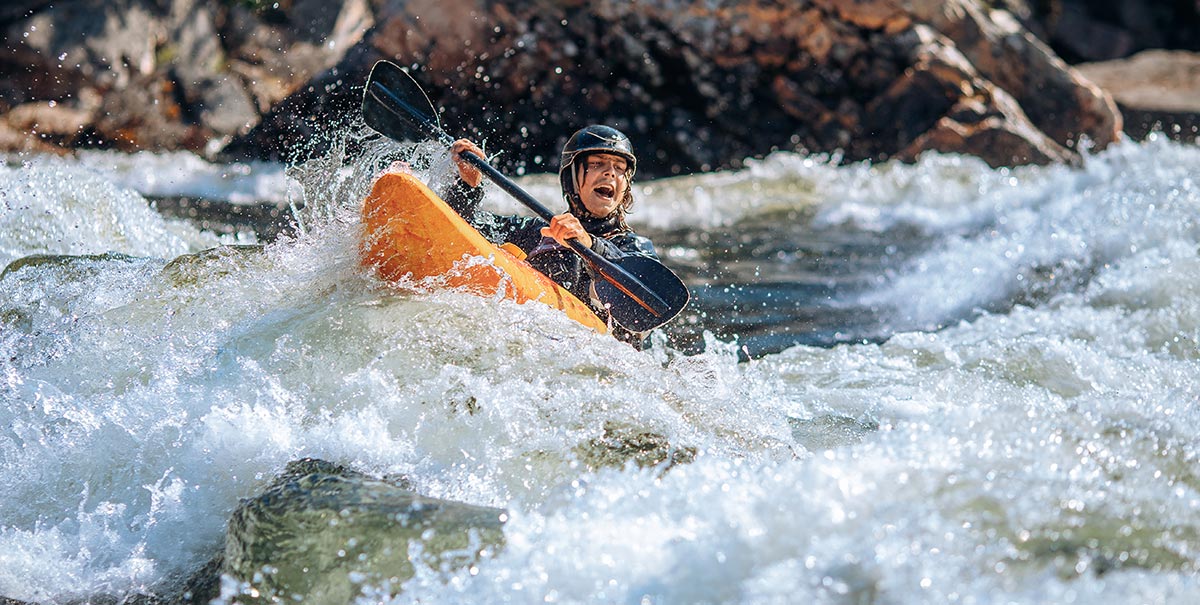
This is an early spring and summer sport in which, if you have never tried it before, you are guaranteed the adventure of a lifetime. You’ve seen it in the American movies and it looks terrifying, but for no more than about 40 euros per person, you can throw caution to the wind and try it yourself, right here in Andalucía. Single-seat kayaks, safety equipment and basic instruction are provided, and a trip lasts approximately four hours over about ten kilometres of river.
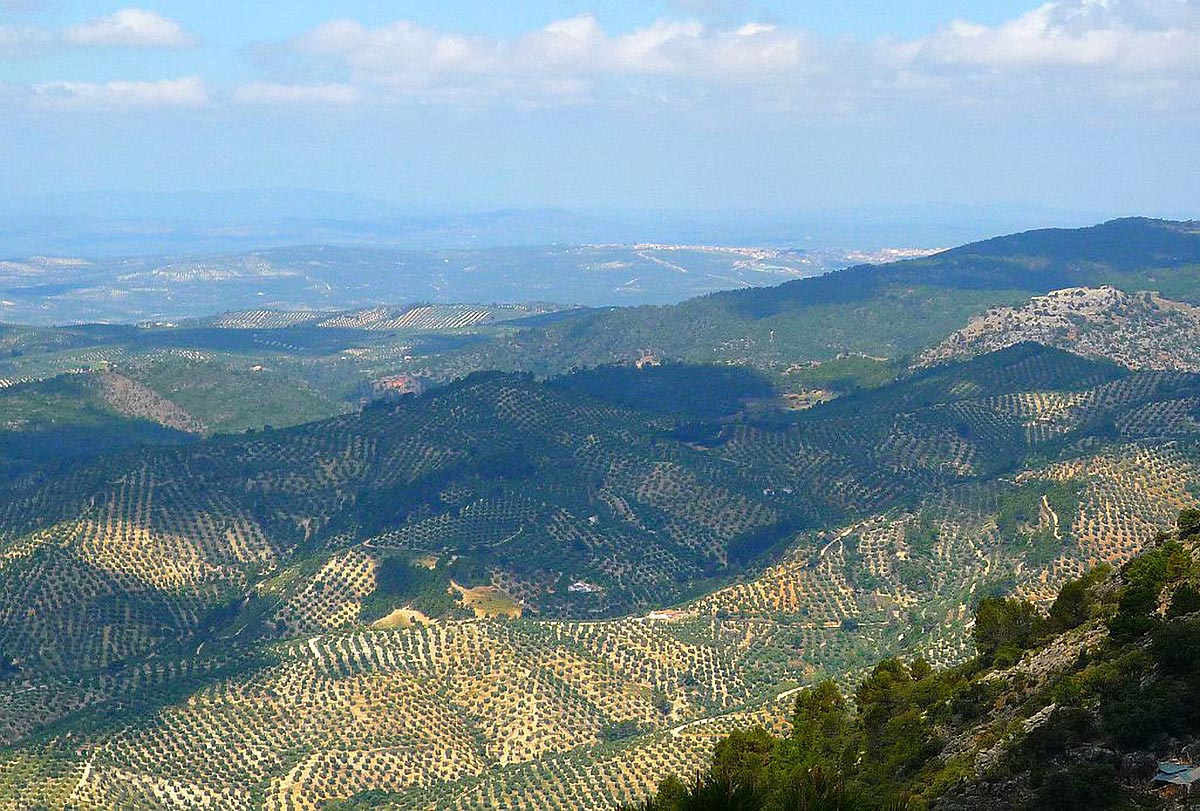
Camping
You can camp in Andalucía’s protected areas in certain designated campsites, named Áreas de Acampada Libre (Free Camping), and there are also some mountain huts (refugios) that offer sleeping space with showers, which can be booked in advance for a small fee. In particularly remote areas, you might come across very basic structures made of stone, which you can use without permission, although in certain areas, camping is restricted to wintertime, for fear of forest fires. Check with the relevant tourism offices before setting out because there are restrictions, opening hours and other local regulations to be taken into account.
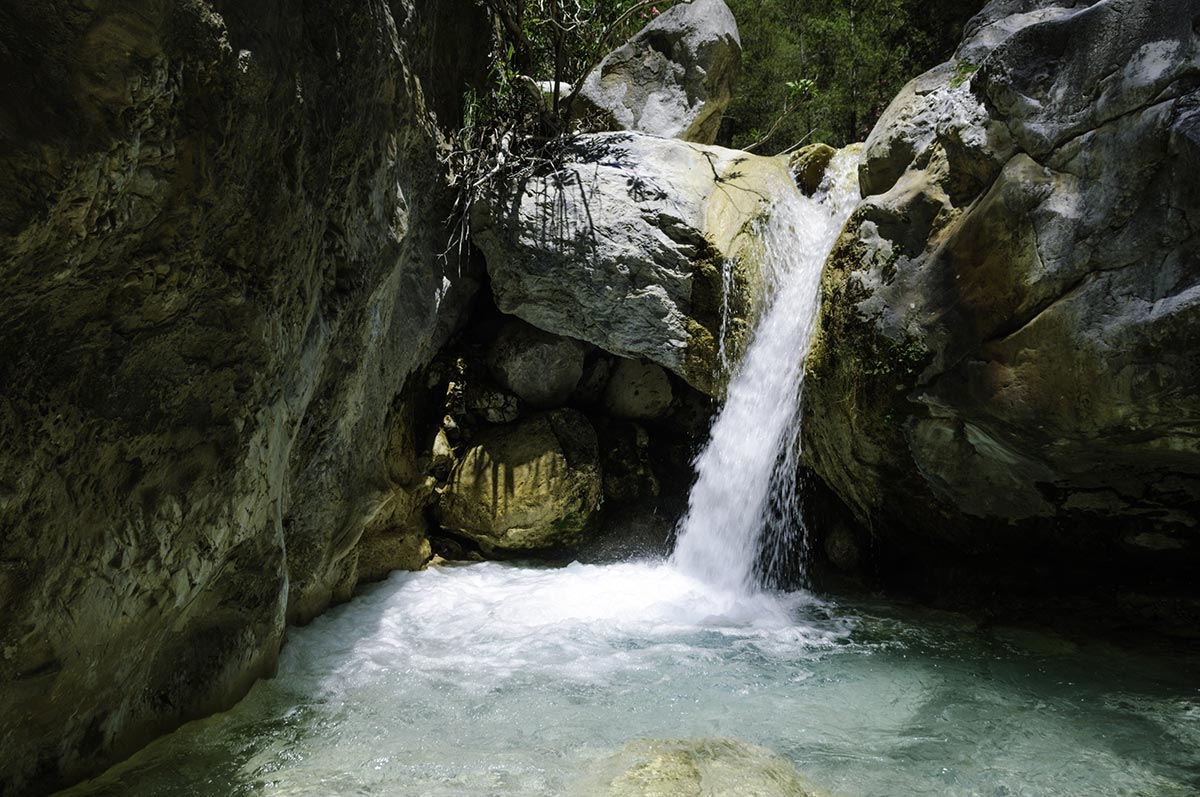
Human habitation
Many of the parks have small towns and villages in them, with roads running through them and some with no clear indication that one is actually in a nature park. Most offer houses for rent in areas where there are no small hotels or guest houses. A good introduction to a nature park might be to simply visit it and have lunch there in one of the beautiful mountain villages, taking in the sights and seeing what leisure and sporting activities the area is best suited for.
The primary purpose of a nature park is to protect nature, but the pursuit of leisure comes in a close second. It is indeed time to begin thinking leisure and sport as something more than lying on a beach or playing golf, and the best place to begin could be one of the numerous nature parks throughout Andalucía.


